We put the Xiaomi 13 Ultra through our rigorous DXOMARK Audio test suite to measure its performance both at recording sound using its built-in microphones, and at playing audio back through its speakers.
In this review, we will break down how it fared in a variety of tests and several common use cases.
Overview
Key audio specifications include:
- Two speakers (Top side, bottom side)
- No jack audio output
- Dolby Atmos technology
Scoring
Sub-scores and attributes included in the calculations of the global score.
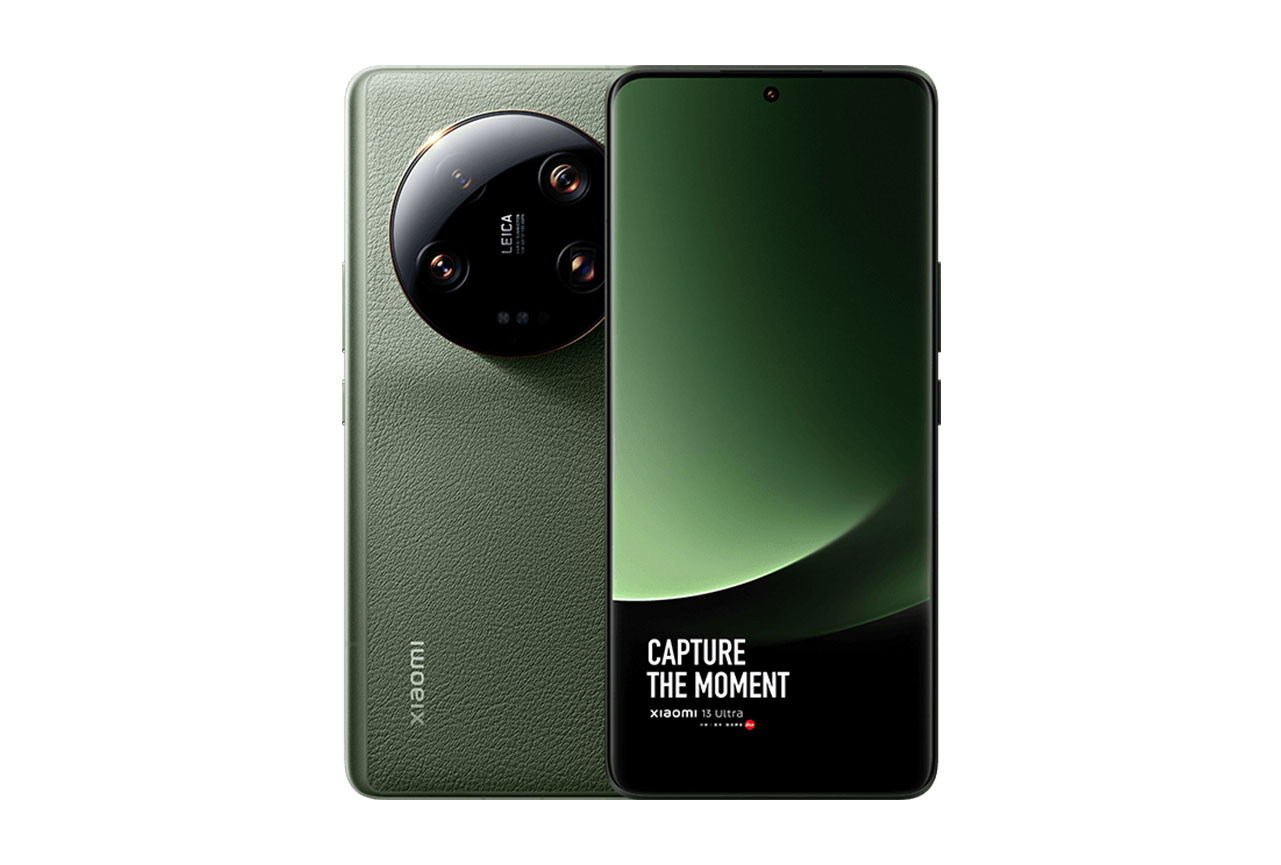
Xiaomi 13 Ultra


 23rd
23rd 16th
16thPlayback
Pros
- Good tonal balance, natural treble
- Great dynamics performance with excellent attack
- Artifacts-free at soft and nominal volumes
Cons
- Occasionally tinny tonal balance
- Blurry localizability
Recording
Pros
- Very good tonal balance across all use cases
- Good dynamics performance
Cons
- Not great for recording loud events, such as concerts
- Limited wideness and localizability with front camera
In our DXOMARK Audio tests, the Xiaomi 13 Ultra delivered an overall good performance that was consistent across all playback and recording sub-tests. In playback, it performed best when gaming, but results were on a similarly high level when listening to music or watching movies. Recording results were best with the main camera and great with the memo app. Reduced wideness of the audio scene and blurry localizability meant front camera audio performance was a touch lower.
Sonority was very good and Dynamics were punchy and accurate, both with the built-in speakers in Playback and in Recording. However, our experts found the device to not be suitable for recording at high sound pressure levels, for example concerts, and the audio zoom feature was not very effective at focusing on one particular sound source.
Test summary
About DXOMARK Audio tests: For scoring and analysis in our smartphone audio reviews, DXOMARK engineers perform a variety of objective tests and undertake more than 20 hours of perceptual evaluation under controlled lab conditions.
(For more details about our Playback protocol, click here; for more details about our Recording protocol, click here.)
The following section gathers key elements of our exhaustive tests and analyses performed in DXOMARK laboratories. Detailed performance evaluations under the form of reports are available upon request. Do not hesitate to contact us.
Playback
Xiaomi 13 Ultra
163
DXOMARK engineers test playback through the smartphone speakers, whose performance is evaluated in our labs and in real-life conditions, using default apps and settings.
The Xiaomi 13’s timbre performance in playback was good overall, even though our testers found the tonal balance to sound slightly tinny on occasion. Treble rendition was nice and natural, but midrange lacked warmth and body, and the device lacked bass in general. Dynamics performance was great, with very good attack, precise bass and good punch. Our experts also found the Spatial performance to be good, with a great balance between the two speakers, decent wideness of the audio scene and accurate distance rendering. However, localizability of individual sound elements was a little blurry and the stereo output did not follow device rotation with the default movie app.
Loudness was good at maximum volume and our experts found the lowest volume step loud enough to hear soft volume passages in highly dynamic content, such as classical music. Volume step distribution was quite consistent as well. In addition unwanted audio artifacts were fairly well under control at soft and nominal volume. However, our testers noticed some distortion at maximum volume, especially in the higher frequencies. When gaming, we found the speakers to be quite easily occluded. This resulted in a muffled sound, or even complete muting.
Listen to the tested smartphone’s playback performance in this comparison with some of its competitors:

Timbre
Xiaomi 13 Ultra
158
The Timbre score represents how well a phone reproduces sound across the audible tonal range and takes into account bass, midrange, treble, tonal balance, and volume dependency. It is the most important attribute for playback.

Dynamics
Xiaomi 13 Ultra
149
The Dynamics score measures the accuracy of changes in the energy level of sound sources, for example how precisely a bass note is reproduced or the impact sound from drums.
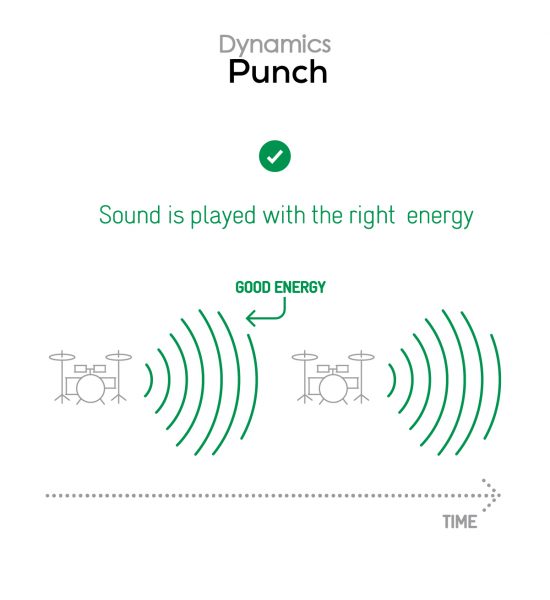


Spatial
Xiaomi 13 Ultra
162
The sub-attributes for spatial tests include pinpointing a specific sound's location, its positional balance, distance, and wideness.
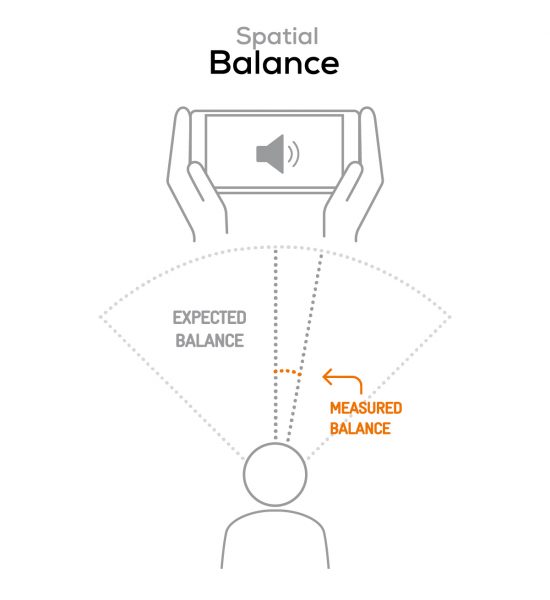
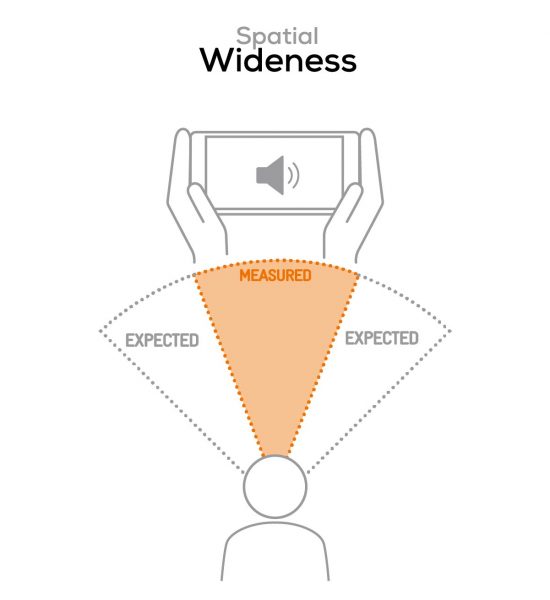

Volume
Xiaomi 13 Ultra
162
The Volume score represents the overall loudness of a smartphone and how smoothly volume increases and decreases based on user input.
| Hip-Hop | Classical | |
| Xiaomi 13 Ultra | 71.4 dBA | 69.4 dBA |
| Samsung Galaxy S23 Ultra | 74.8 dBA | 71.8 dBA |
| Apple iPhone 14 Pro Max | 74 dBA | 71.1 dBA |

Artifacts
Xiaomi 13 Ultra
157
The Artifacts score measures the extent to which the sound is affected by various types of distortion. The higher the score, the less the disturbances in the sound are noticeable. Distortion can occur because of sound processing in the device and because of the quality of the speakers.

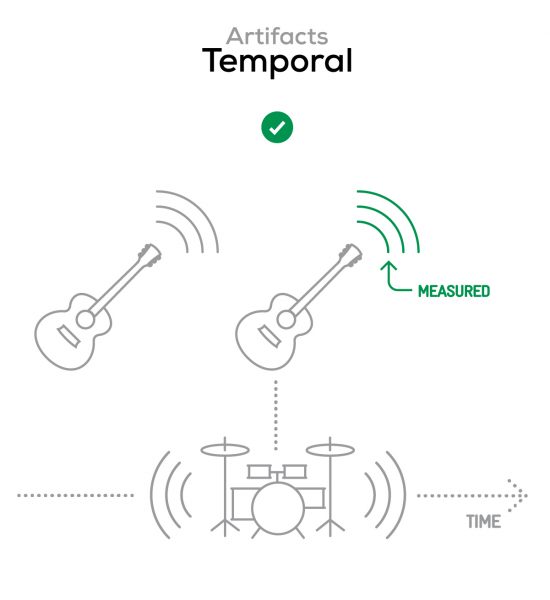
It represents the distortion and noise of the device playing our test signal (0 dB Fs, Sweep Sine in an anechoic box at 40 cm) at the device's maximum volume.
Recording
Xiaomi 13 Ultra
160
DXOMARK engineers test recording by evaluating the recorded files on reference audio equipment. Those recordings are done in our labs and in real-life conditions, using default apps and settings.
In recording, timbre was overall good, with a consistent tonal balance across use cases but a slight lack of clarity. However, when recording at high sound pressure levels, for example at rock or pop concerts, the tonal balance was high-midrange focused. Depending on content, treble could sound muffled and there was a severe lack of low-end extension across all types of content. Dynamics performance in recording was good overall, with a precise envelope and correct signal-to-noise ratio, even though background sounds could have been attenuated a little more.
Wideness of the recorded audio scene and localizability of individual sound sources were great with the main camera and memo app, but more limited when recording with the selfie camera in portrait orientation. Distance rendition was good, with accurate perception of voices in the audio scene. Recordings sounded fairly loud and were typically free of artifacts. However, at high sound pressure levels, our testers noticed some strong compression. Background was clean across all use cases, with a natural tonal balance.
Here is how the Xiaomi 13 Ultra performs in recording use cases compared to its competitors:

Timbre
Xiaomi 13 Ultra
147
The Timbre score represents how well a phone captures sounds across the audible tonal range and takes into account bass, midrange, treble, and tonal balance. It is the most important attribute for recording.

Dynamics
Xiaomi 13 Ultra
146
The Dynamics score measures the accuracy of changes in the energy level of sound sources, for example how precisely a voice's plosives (the p's, t's and k's, for example) are reproduced. The score also considers the Signal-to-Noise Ratio (SNR), for example how loud the main voice is compared to the background noise.
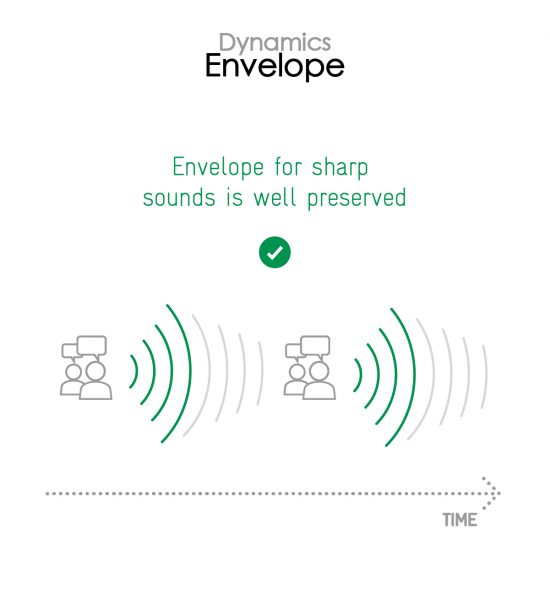
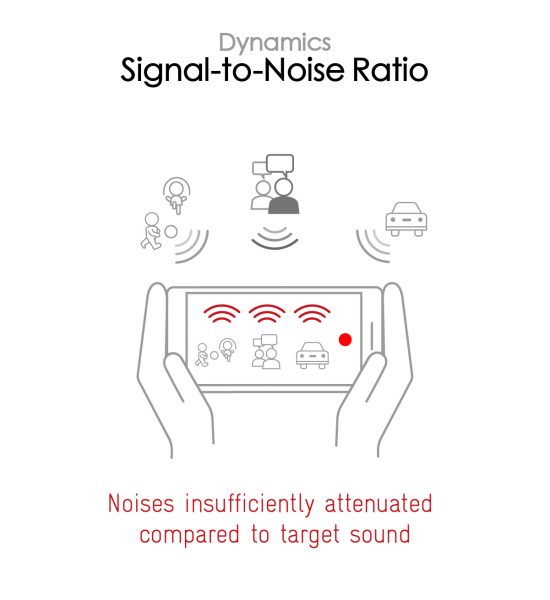

Spatial
Xiaomi 13 Ultra
159
The sub-attributes for spatial tests include pinpointing a specific sound's location, its positional balance, distance, and wideness on the recorded audio files.

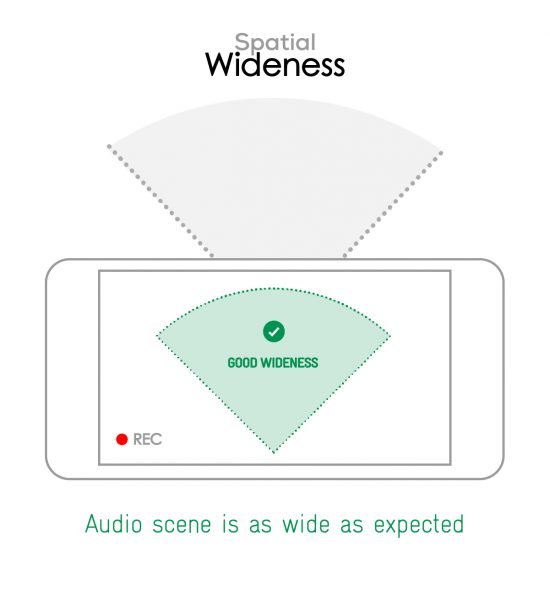

Volume
Xiaomi 13 Ultra
170
The Volume score represents how loud audio is normalized on the recorded files and the how the device handles loud environments, such as electronic concerts, when recording.
| Meeting | Life Video | Selfie Video | Memo | |
| Xiaomi 13 Ultra | -24.2 LUFS | -20.6 LUFS | -18.9 LUFS | -20.4 LUFS |
| Samsung Galaxy S23 Ultra | -26.5 LUFS | -21.8 LUFS | -22.4 LUFS | -21.6 LUFS |
| Apple iPhone 14 Pro Max | -26 LUFS | -22.9 LUFS | -19.2 LUFS | -19.6 LUFS |

Artifacts
Xiaomi 13 Ultra
145
The Artifacts score measures the extent to which the recorded sounds are affected by various types of distortions. The higher the score, the less the disturbances in the sound are noticeable. Distortions can occur because of sound processing in the device and the quality of the microphones, as well as user handling, such as how the phone is held.
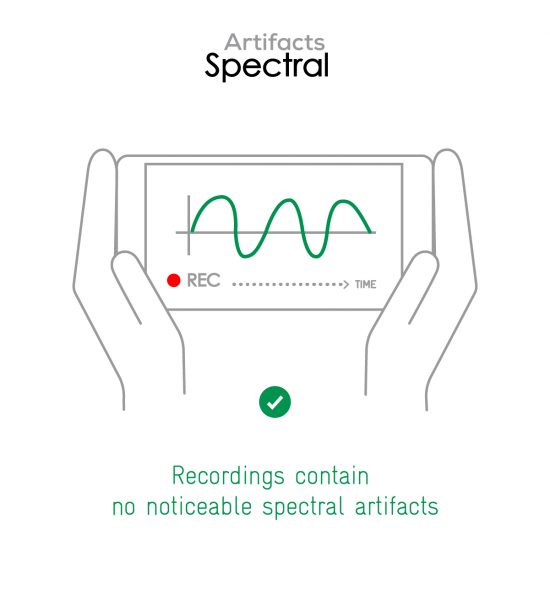

In this audio comparison, you can listen to the way this smartphone handles wind noise relative to its competitors:

Background
Xiaomi 13 Ultra
166
Background evaluates how natural the various sounds around a voice blend into the video recording file. For example, when recording a speech at an event, the background should not interfere with the main voice, yet it should provide some context of the surroundings.




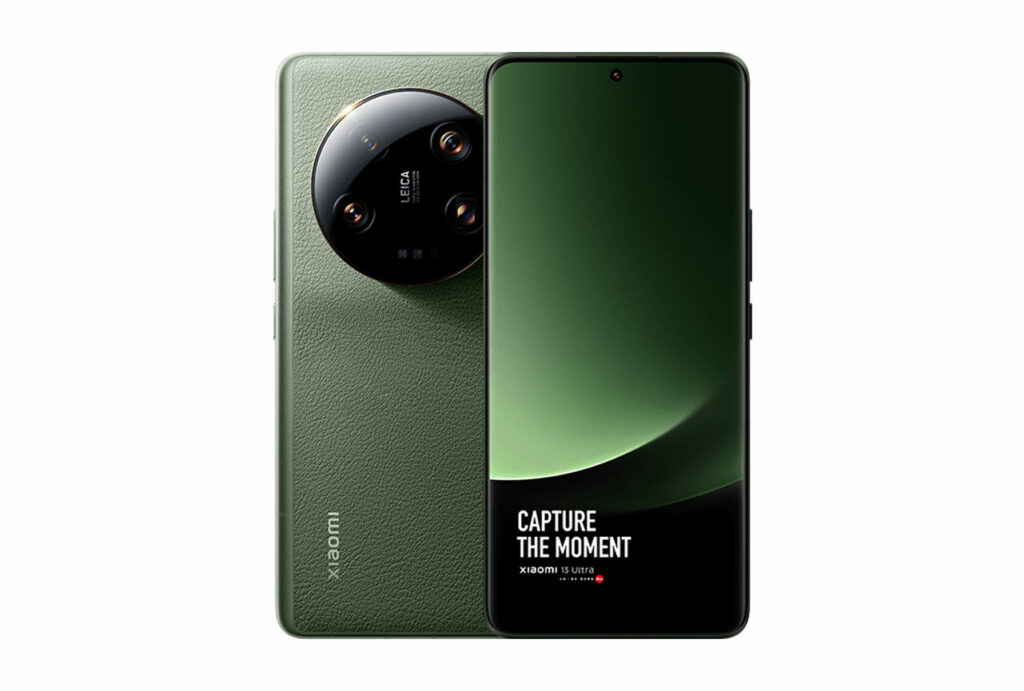
DXOMARK encourages its readers to share comments on the articles. To read or post comments, Disqus cookies are required. Change your Cookies Preferences and read more about our Comment Policy.